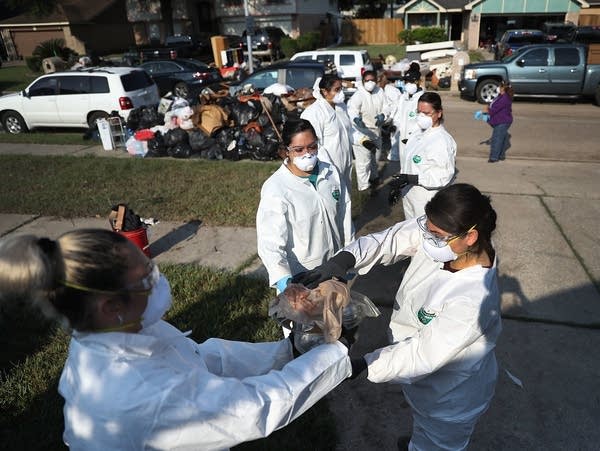Facing massive storm costs, how resilient is the insurance industry?

Cleanup efforts in Houston after Harvey hit the Gulf Coast in September 2017.
Joe Raedle | Getty file
Go Deeper.
Create an account or log in to save stories.
Like this?
Thanks for liking this story! We have added it to a list of your favorite stories.


